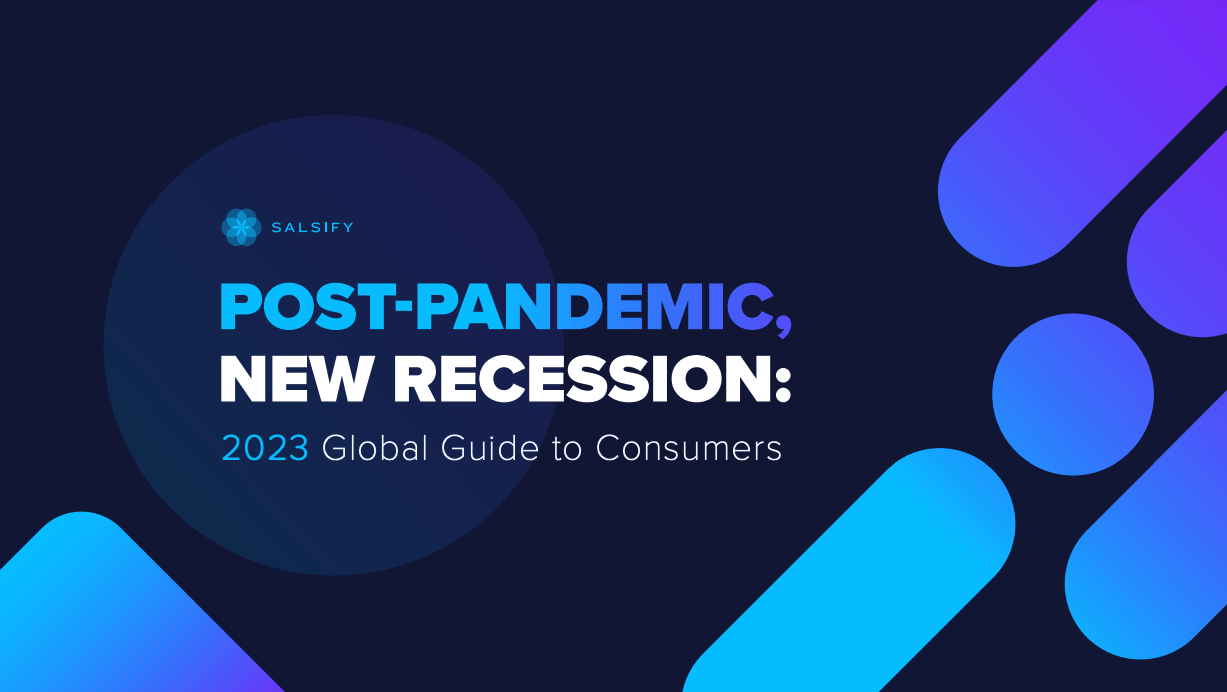How Has Omnichannel Commerce Impacted Impulse Buying?
Written By: Doug Bonderud
It’s a familiar scenario: You’re standing at the gas station or grocery checkout waiting to pay, and you notice a chocolate bar you love or see a new flavor of your favorite chips. You don’t hesitate to grab the item and add it to your purchase.
Retail stores rely on these transactions — known as impulse buying — to help boost revenues and keep customers coming back. The advent of omnichannel commerce, however, may have a significant impact on this approach.
Learn why omnichannel commerce became the preferred method for customers, what this means for impulse buying, and how companies can find a balance that both satisfies consumers and opens the door for potential impulse purchases.
What Is Omnichannel Commerce?
Omnichannel commerce is the practice of meeting customers at every touch point in their buying journey on the digital and physical shelves to provide the best shopping experience possible.
A brick-and-mortar retail store might create an ecommerce site or mobile app, for example, allowing customers to find what they’re looking for online. This would also enable customers to compare pricing and product information when shopping in competitors’ stores.
On the flip side, online ecommerce retailers may create pop-up shops that allow customers to see products in person, or they might connect with customers through text or direct messaging.
The goal of omnichannel is to provide customers with as many avenues as possible for connecting with your brand and discovering the products or services they want.
Why Does Omnichannel Work?
Omnichannel puts customers in control of their buying journey. Instead of telling consumers they can only speak to service agents via phone or only make purchases in-store, omnichannel lets customers pick and choose their preferred path to purchase. In an omnichannel environment, a prospective shopper might discover your brand on social media, click through to your website, and ultimately visit your retail location to make a purchase.
Salsify’s “2023 Consumer Research” report breaks down the advantages of an omnichannel approach. The data highlights that in-store and online retail sites tie for first place at 68% for preferred purchase location, which means both are necessary for success.
Additionally, 38% of survey respondents say they preferred retail apps, 35% point to drive-up services, and 24% say they make purchases via a search engine.
The takeaway from these results? The more channels, the better.
How Does Omnichannel Impact Impulse Buying?
According to PWC’s “February 2023 Global Consumer Insights Pulse Survey,” 69% of customers say they plan to cut back on nonessential purchases within the next six months. Impulse buying — also known as frivolous spending — fits firmly into this category.
There are several reasons for this shift, including rising prices. According to the U.S. Department of Agriculture (USDA) Economic Research Service, food prices are expected to climb 7.5% this year. Combined with increasing shopper concerns around their personal finances and the unstable state of international affairs — and therefore supply chains — there’s a growing reticence to make impulse purchases.
Impulse or Omnichannel?
Why not both?
While it’s tempting to count out impulse buying as a historical practice that’s now being replaced with more methodical purchasing processes, it’s not going fully away anytime soon.
And it may be possible for businesses to find a balance.
Here, three components are critical: content, context, and consistency.
Consider a customer who visits an ecommerce clothing site to purchase a pair of shoes. This is a repeat purchase — they like the shoes they’ve purchased in the past from this brand and are simply looking to replace the ones they have. Where’s the opportunity for impulse buying?
Content
Customer connection starts with content. Creating well-designed and thoughtful product pages that contain all necessary information can help customers feel confident in their purchase. In the example above, content should include sizing, material, and care details for the shoes in question, along with multiple images that showcase different aspects of the product.
Pricing and shipping data should be clear and prominent on the page, too — if customers get to checkout screens and discover you don’t ship to their country or are on the hook for big shipping fees, they’re more likely to abandon their cart.
Context
Context also plays a critical role. If a customer is buying shoes online, for example, it may be possible to drive impulse purchases with contextually relevant upsell links, such as those for shoe care products, lace options that showcase different colors or patterns, or comfort items like insoles.
In a retail store, context is about understanding the consumer journey. Consider that one-third of shoppers now use their mobile phones to find out more about a product when they’re standing in front of it. If brands can engage customers as early as possible in the journey — with social media posts or paid linking strategies, for example — they may be able to convert this in-situ research into a final step before purchasing, rather than a fact-finding mission for comparison.
Consistency
This is the omnichannel piece of the puzzle. Brands need to deliver a consistent shopping experience regardless of how consumers choose to connect — or if they opt for multiple channels during the course of their purchasing journey. Consider cosmetics brand Sephora, which took an omnichannel approach to its content marketing and found that 70% of customers who visited Sephora’s website before going to the store made a purchase within 24 hours.
Omnichannel Ecosystems Will Support Impulse Buying
What does this all mean for impulse buying? It means that it’s no longer enough to place promotional items by the register or put links to new products on your website.
To encourage nonessential spending, companies must create omnichannel ecosystems that meet customers where they are and give them easy access to what they need. Hit the trifecta of content, context, and consistency, and shoppers are more likely to opt for an impulse purchase.

Drive Conversions With Salsify's Latest Research
Learn more about the customer omnichannel experience with Salsify’s 2023 Consumer Research report, “Post-Pandemic, New Recession: The Global Guide to Consumers in 2023.”
DOWNLOAD REPORTWritten by: Doug Bonderud
Doug Bonderud (he/him) is an award-winning writer with expertise in ecommerce, customer experience, and the human condition. His ability to create readable, relatable articles is second to none.
Recent Posts
5 Ecommerce Tips To Help Marketers Enter the New Year Stress-Free
How Many Digital Sales Channels Do Shoppers Review Before Purchasing Products?
What the Data Says About Consumer Interest in AI Shopping Agents
Subscribe to the Below the Fold Newsletter
Standing out on the digital shelf starts with access to the latest industry content. Subscribe to Below the Fold, our monthly content newsletter, and join other commerce leaders.

.svg)